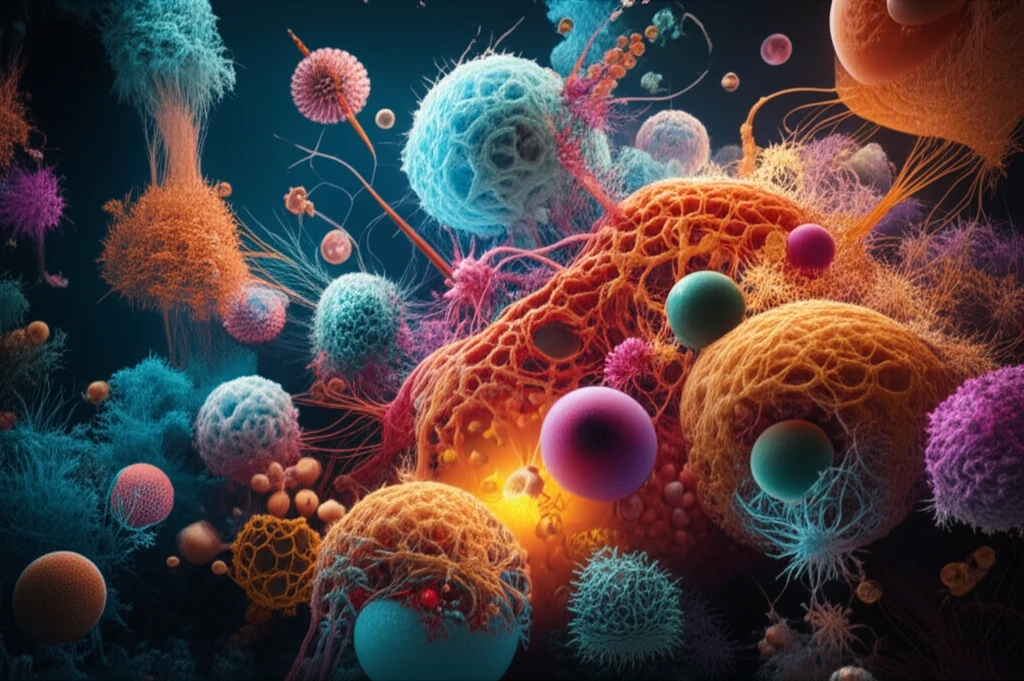
Biomaterials: The Key to Future Healing?
"Exploring the science behind innovative materials that interact with biological systems to repair and regenerate tissues."
Biomaterials science is a rapidly advancing field focused on developing materials that interact with biological systems. These materials are designed to support, enhance, or replace damaged tissues or organs. The field draws upon principles from materials science, biology, and medicine to create innovative solutions for a wide range of health challenges.
This article explores recent research and advancements in biomaterials, highlighting their diverse applications and potential impact on healthcare. We'll delve into specific examples, from the use of 3D-printed scaffolds for bone regeneration to sophisticated drug delivery systems that target specific cells or tissues. Understanding these developments is crucial for anyone interested in the future of medicine and the potential for regenerative therapies.
Targeted at both women and men, with 50% of its readers being under 40 years old, the article will present the topic of biomaterials with simple terms.
Revolutionizing Bone Repair: 3D-Printed Ceramic Scaffolds

One of the most promising applications of biomaterials is in bone tissue engineering. Traditional bone grafts, where bone is harvested from one part of the body and transplanted to another, can be painful and have limited availability. Researchers are now turning to 3D printing to create porous ceramic scaffolds that mimic the structure of natural bone.
- Material Selection: The choice of ceramic material is crucial. Bioactive ceramics like hydroxyapatite are often used because they are biocompatible and promote bone cell attachment.
- Pore Size and Structure: The size and interconnectedness of the pores within the scaffold are carefully controlled to optimize cell infiltration and nutrient transport.
- 3D Printing Techniques: Various 3D printing techniques, such as binder jetting, are used to create these scaffolds with precise control over their architecture.
The Future is Biomaterials
The field of biomaterials is constantly evolving, with new materials and technologies emerging all the time. From dissolving keratin to stimulate tissue regeneration, to engineering complex systems for the controlled delivery of drugs, biomaterials offer innovative approaches to treat diseases and injuries.
As research progresses, we can expect to see even more sophisticated biomaterials that are tailored to individual patient needs. This personalized approach to medicine holds the key to more effective and less invasive treatments.
Whether it's healing bone fractures or delivering targeted medications, biomaterials promise a future where the body's natural ability to heal is amplified through the power of innovative materials science.
